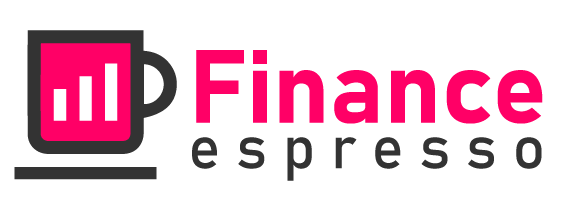Navigating the Home Loan Market: A Guide for First Time Homebuyers
Buying a home can be a daunting process, particularly for those experiencing the process for the first time. From selecting the right neighborhood to obtaining a mortgage, there are many steps and decisions to make along the way. This guide aims to provide first time homebuyers with the information they need to understand the home loan market so they can confidently navigate the process.
Researching Home Loan Rates
The first step of navigating the home loan market is researching home loan rates. You can research mortgage rates and terms at a number of different sources, including banks, credit unions, and independent mortgage brokers. Different lenders will offer different rates, so it’s important to compare different options to identify the best rate for your situation.
When researching home loan rates, it is also helpful to understand the various loan terms available. The most common type of mortgage is the 30-year fixed rate loan, where the monthly payments are the same over the entire life of the loan and the interest rate does not change. Other loan terms include adjustable-rate mortgages (ARMs) which have lower introductory rates but may increase over time, as well as shorter-term loans, such as 15-year fixed rate loans, which have higher monthly payments but may result in lower interest charges in the long run.
Understanding Mortgage Fees and Points
When shopping for a mortgage, it’s important to understand the fees and points associated with the loan. Mortgage points, or loan discount points, are a form of prepaid interest that can reduce your home loan rate. Generally, the more points you pay, the lower the interest rate on your loan. Mortgage fees vary from lender to lender and typically include things like origination fees, appraisal fees, and closing costs.
In addition to mortgage fees and points, it’s also helpful to understand other financial considerations such as down payments and closing costs. Generally, the larger your down payment, the lower your monthly payments, but more cash up front means higher upfront costs. Closing costs typically include things like title fees, attorney fees, and other related costs, and can vary from lender to lender.
Reviewing Your Credit Report
When applying for a home loan, it’s important to review your credit report so you understand your credit score and financial standing. Your credit score is used by lenders to evaluate your creditworthiness, and is based on things such as payment history, amount of debt, and length of credit history. By reviewing your credit report, you can identify any errors or areas that need to be addressed to improve your credit score.
Choosing the Right Lender
Once you’ve done your research and reviewed your credit report, it’s time to choose a lender. When selecting a lender, it’s important to consider factors such as customer service, loan terms, and other factors. It’s also important to evaluate the lender’s customer reviews, as customer satisfaction is an important indicator of the lender’s overall quality.
Closing on Your Home Loan
After you’ve selected a lender and been approved for a mortgage, the next step is closing on your loan. During the closing process, you will sign a variety of legal documents that detail the terms of your loan, such as your loan amount, interest rate, and payment schedule. It’s important to review each document carefully to ensure you understand the terms of the loan before signing.
Navigating the home loan market can be a challenging process, particularly for first-time homebuyers. By doing your research, understanding the fees and points associated with loans, and choosing the right lenders, you can confidently navigate the home loan market and secure a mortgage that best suits your needs.

